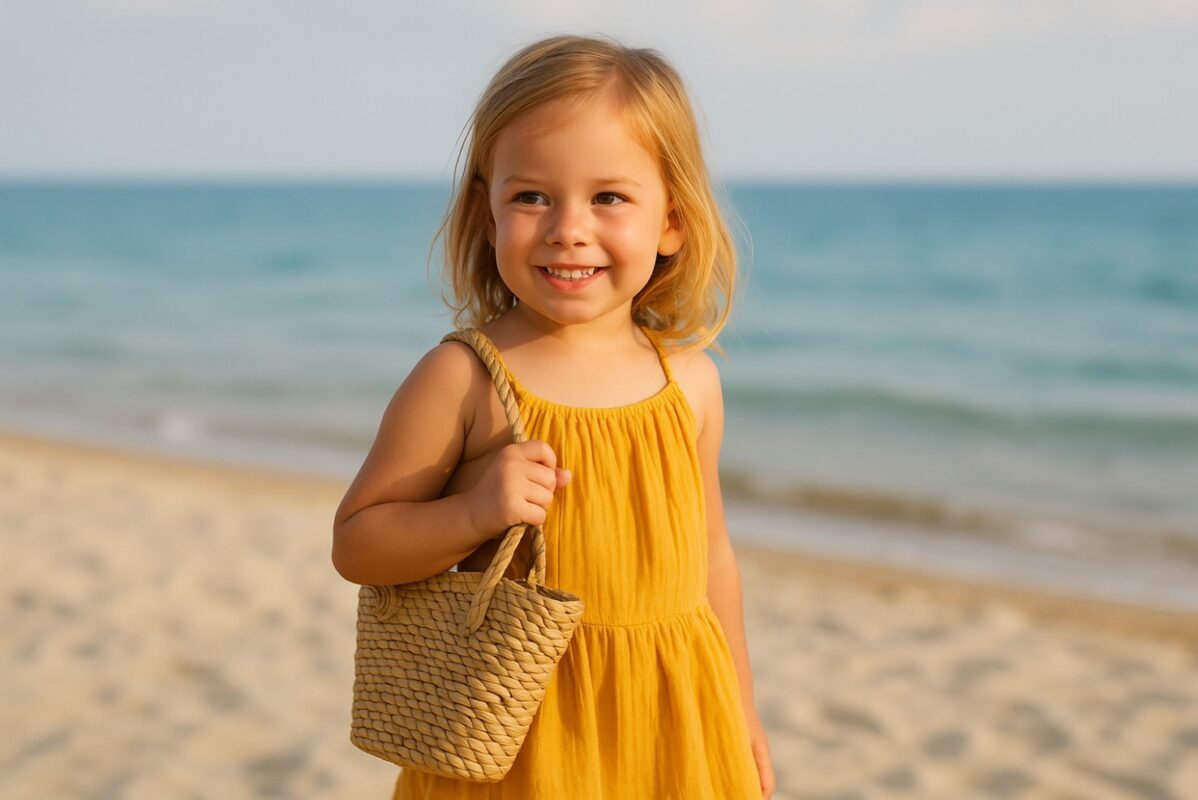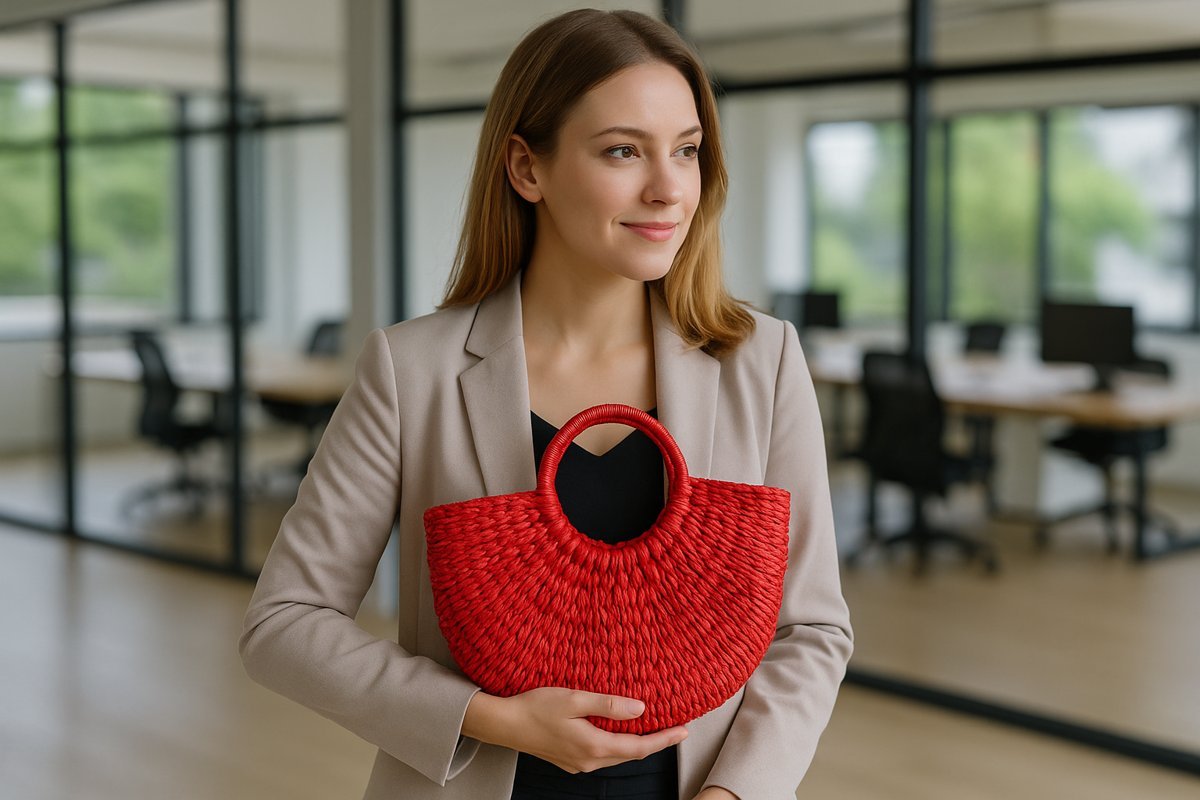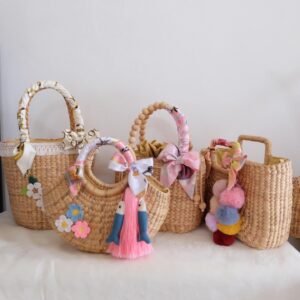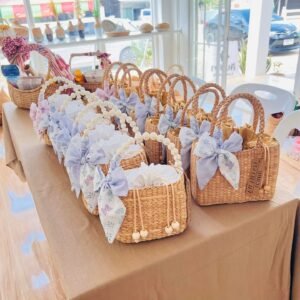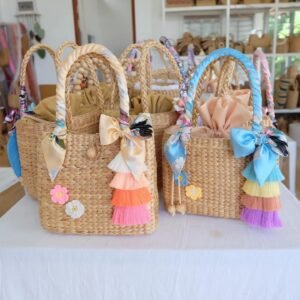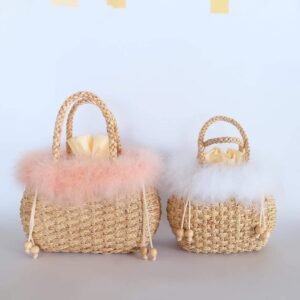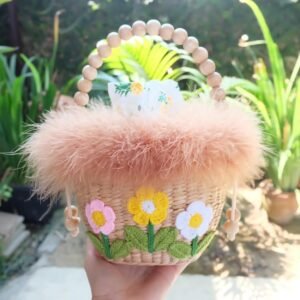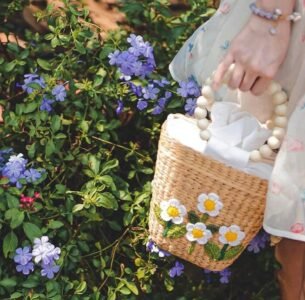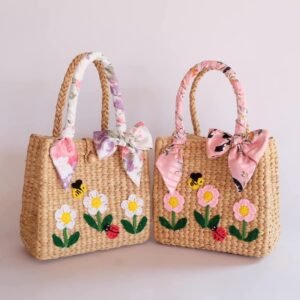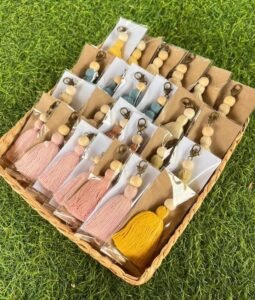The Art of Selecting Superior Bag Materials: Where Style Meets Substance
Regarding fashion, your chosen materials say as much as the design itself. A handbag’s texture, structure, and quality can define its longevity and ability to elevate an outfit. Choosing superior bag materials is about more than aesthetics— investing in functionality, craftsmanship, and, increasingly, sustainability. A truly remarkable bag blends all these elements into a statement piece that endures trends and time.
Crafting the Perfect Bag: A Journey Through Materials
Behind every well-made handbag is a thoughtful curation of materials—each chosen for a reason. From the primary structure of the bag to the smallest embellishment, every component contributes to the overall feel and function.
The outer body needs to be durable, flexible, and eye-catching. The lining should be soft yet strong, capable of protecting your essentials. Even the thread used in stitching affects longevity. A truly high-quality bag begins with materials that are not only beautiful but resilient. Choosing them requires a deep understanding of their interaction with form and function.
In today’s fashion world, where consumers expect more than just good looks, this level of detail sets apart fast fashion from timeless investment pieces.
The Pinnacle of Luxury: Why Leather Still Reigns
For centuries, leather bags have been the hallmark of luxury. Rich, supple, and durable, leather has proven to be a material that only improves with age. From smooth calfskin to more textured finishes like pebble grain or saffiano, each type of leather brings a unique personality to a design.
The true beauty of leather lies in its appearance and the craft required to shape it. Skilled artisans cut, stitch, edge-paint, and finish leather by hand, often spending hours on a single piece. This heritage of craftsmanship is why a well-cared-for leather bag can last for decades.
However, as fashion becomes more inclusive and conscious, alternatives quickly gain ground—without compromising quality.
The Sustainable Shift: Eco-Friendly Alternatives Worth Knowing
With the rise of sustainable fashion, consumers increasingly seek eco-friendly bags that look good and feel right ethically. As a result, designers are turning to plant-based and recycled materials to reduce the environmental footprint of production.
Materials such as cork, pineapple leather (Piñatex), mushroom leather (Mylo), and even recycled ocean plastics are emerging as innovative alternatives to traditional animal hides. These options reduce waste and avoid the harmful chemicals often involved in leather tanning.
Natural fibres like raffia, water hyacinth, seagrass, and jute are also gaining traction—especially in handwoven straw bags that celebrate heritage techniques. They’re renewable, biodegradable, and lend a unique, textured appeal to bags, making them popular in bohemian and minimalist circles.
Choosing sustainable bag materials doesn’t mean compromising style—it means adding deeper meaning to every outfit.
Weaving Beauty: The Artistry of Texture and Detail
When it comes to design, material choice is only half the story. The techniques used to shape, weave, and structure the materials bring the final product to life. Whether it’s the tight basket weave of a straw tote or the herringbone pattern stitched into a crossbody, texture adds interest and dimension.
Handwoven bags, in particular, stand out for their tactile beauty and cultural value. Passed down through generations, traditional weaving methods turn natural fibres into functional art. These techniques aren’t just decorative—they improve strength, structure, and usability.
This marriage of material and method gives a bag its soul. And it’s often what transforms a useful item into a treasured piece.
The Finishing Touch: Hardware That Holds It All Together
Often overlooked but always important, bag hardware can make or break the user experience. Think zips that glide effortlessly, magnetic closures that click into place, and handles reinforced with metal loops or buckles.
Quality hardware not only elevates the look of a bag but ensures that it withstands daily wear. Finishes in brushed gold, matte black, or aged brass can complement natural materials like leather or straw, adding contrast and depth.
Good design isn’t just about how a bag looks on a shelf—it’s about how it functions in your life. Hardware plays a crucial role in making a bag both durable and dependable.
Balancing Beauty and Use: Style That Works for You
The most-loved bags are the ones that balance aesthetic appeal with day-to-day practicality. Whether commuting to work, heading out for the weekend, or dressing up for an evening event, your bag must work as hard as it looks good.
Tote bags should be roomy and easy to carry, with internal compartments to keep things organised. Crossbody bags should offer hands-free comfort with secure closures. Clutches and mini bags should feel elegant without being too delicate to use.
The material you choose plays directly into this functionality. A soft, collapsible fabric might be ideal for travel, while a firm structure made from woven straw or reinforced cork provides shape and polish for formal occasions.
Functionality isn’t a luxury—it’s a necessity. And it’s something to look for from the very first material choice.
The Joy of Personalisation: A Bag That’s Uniquely Yours
What makes a bag feel truly special? Often, it’s the personal touches. Personalisation transforms a bag from stylish to sentimental, whether a monogram, a custom colour palette, or a one-of-a-kind embroidered detail.
More brands offer bespoke bag designs, where you can select the type of material, lining, hardware, and size that suits your lifestyle. Not only does this make your accessory more useful—it makes it more meaningful.
Choosing your materials is a powerful part of this process. Do you want vegan leather for ethical reasons? Or a hand-dyed raffia piece woven by a cooperative in Southeast Asia? These decisions help align your fashion with your values.
In the end, customisation is the final layer of style meeting substance.
Conclusion: Choosing Materials That Reflect Your Style and Values
In the ever-evolving world of fashion, the materials behind the bag are more important than ever. They influence how your bag looks, how it feels, how long it lasts, and what it says about you.
Whether you favour classic leathers, crave natural fibre bags, or seek out eco-conscious alternatives, one thing is clear: superior materials form the foundation of exceptional accessories. By choosing wisely, you invest in pieces that offer beauty, longevity, functionality, and purpose.
In today’s world, style without substance falls flat. But when you carry a bag made with intention—from material to method—you have something that truly reflects who you are.



